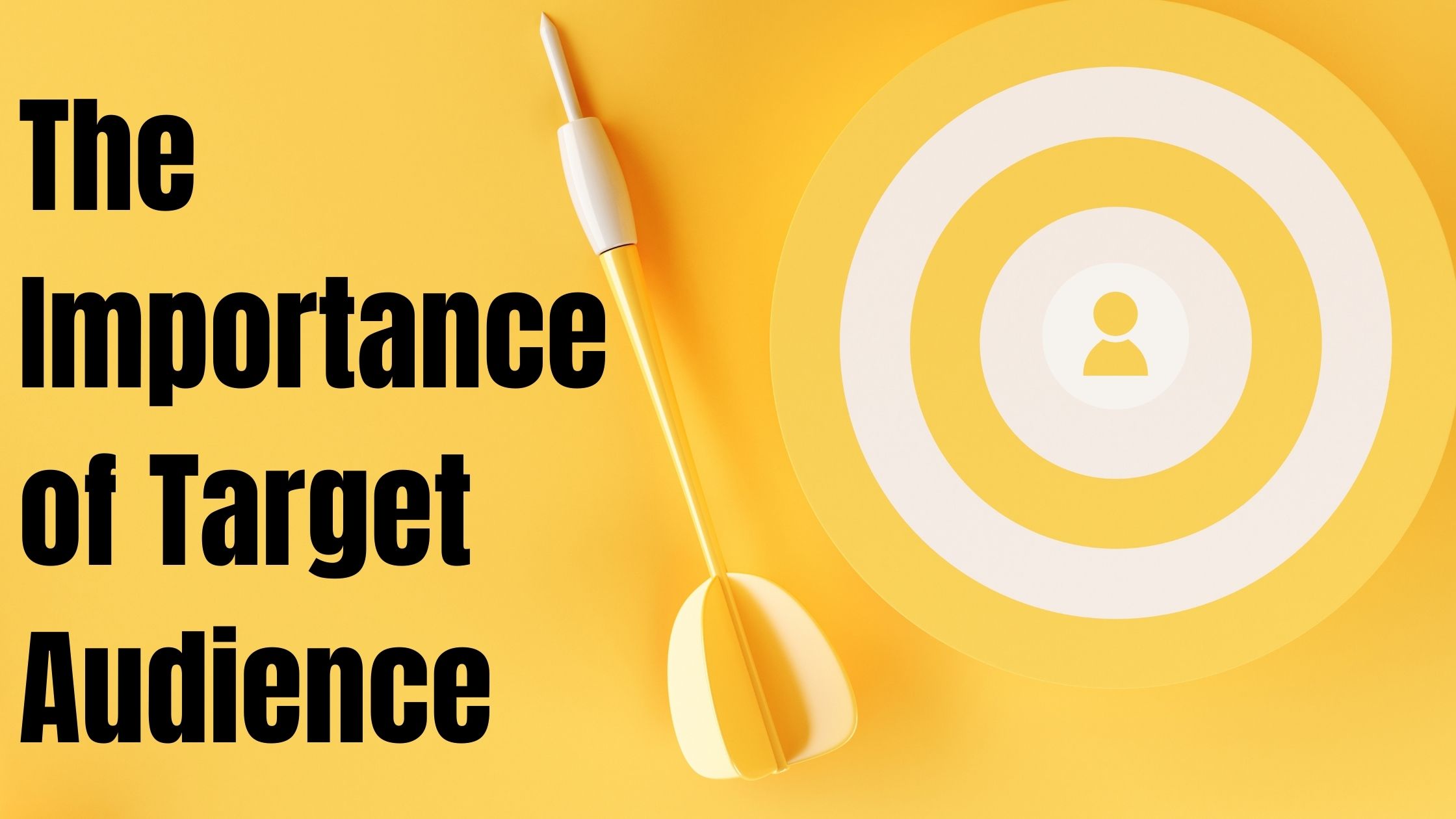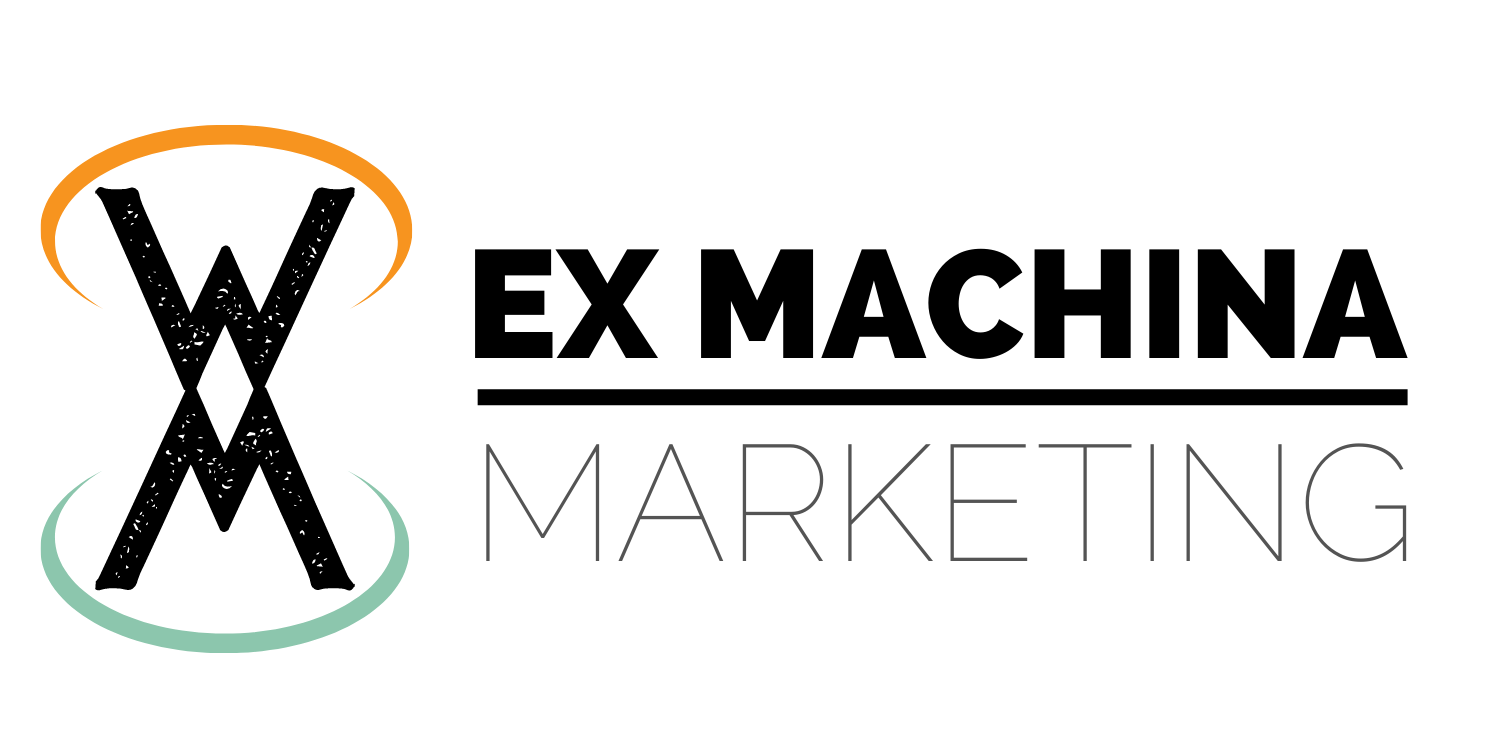What is Target Audience?
The term Target Audience refers to the people who would be most likely to purchase your products or services. Your target audience is composed of a list of common traits that apply to the majority of people likely to be interested in your product/service. The best way to describe how a target audience looks is that it might remind you of an avatar or character break down. Target audience commonly includes age, income, location, and education. Those are just the big details. It may also include interests, such as their favorite celebrities or what type of music is popular amongst your audience.
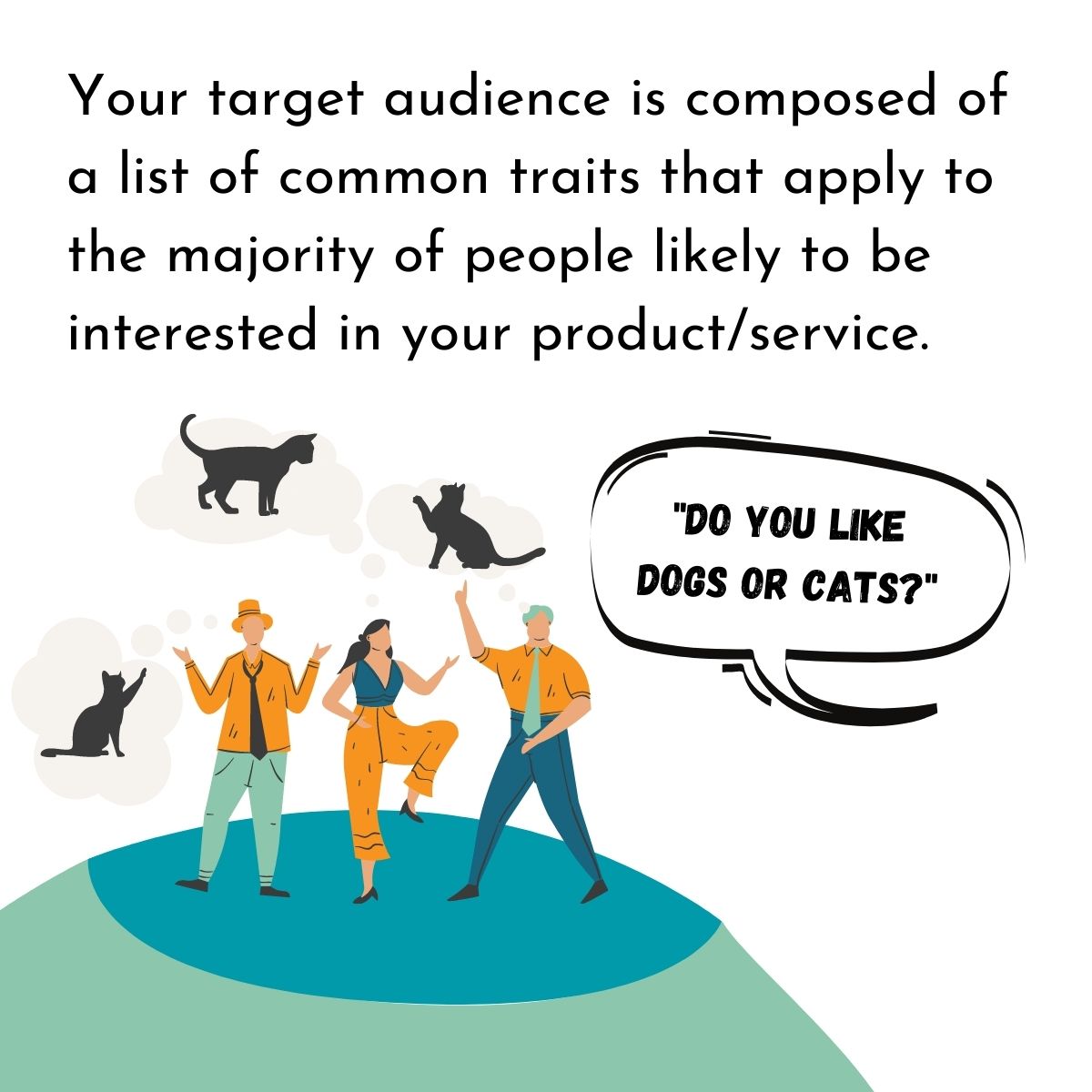
Your audience is very unlikely to be much like you, you might have a few similarities but do not make the mistake of targeting your personality. One more thing to avoid is basing your target audience’s demographics around family or friends that like your product/services. It is also unlikely that the people you interact with personally are representative of the majority of your audience. Imagine mentioning something one of your friends likes in your content only to find that the majority of your audience hates it, that isn’t very fun.
Target audience may differ from platform to platform. The age of your Instagram followers/viewers may be completely different from those that follow you on Facebook, if you use those platforms.
An example of this would be a company that sells Pacman pencil cups might attract millennials between the age of 29-32 on Facebook but then on Instagram that might attract a younger crowd of 16–19-year-olds. There is a generational gap that often comes into play and being able to navigate it is a valuable skill that is needed to fully understand target audience. I don’t mean pitting generations against each other; I mean understanding the differences and the trends in those generations.
Where Target Audience is Used
*Branding
Branding is essentially the image that comes to mind when people think of your business. For example, with Amazon, you might think of their arrow logo that looks like a smile with their signature soft blue color scheme that has hints of orange. Branding makes use of target audience to attract the interested individual with things that they are familiar with or enjoy. Like colors, or even just the type of brush stroke used in your logo. Your branding is built around your product but with the intention of attracting your audience.
*Website
Your website is more than just its domain name or links that lead customers to you. It is also its colors, the buttons you click, the logo sitting in the header, and the listing of your products/services. Your website must have a design that will make your products shine and attract your audience to its wonderous glory. In order to attract your audience, the person designing your website (whether it be you or another professional) needs to know the parameters of your target audience.
If your audience is Jessie (Example Character) and you build your website for James (Example Character) than you are not going to be able attract your audience. What kind of people will like your product? What kind of people do you want to like your product? Those are things you need to ask yourself. You may have to pay to consult a professional about what to do with that situation. There is also nothing wrong with hiring someone to assess your target audience or design your website for you!
*Social Media/ E-mail
Social Media Marketing revolves around engagement. For business owners much like you, social media can be both a blessing and a curse. Most businesses hire an experienced social media manager since this can be a time-consuming process. Email Marketing is also another form of engagement, reaching your audience through email. Businesses will usually hire someone to manage their Email Marketing since it is complex and time-consuming. No one can properly manage social media or email if they don’t know what their skills are being directed toward. Let’s talk hypothetically for a second. Even if Sally (Example Character) is part of your audience, she may not be representative of the majority.
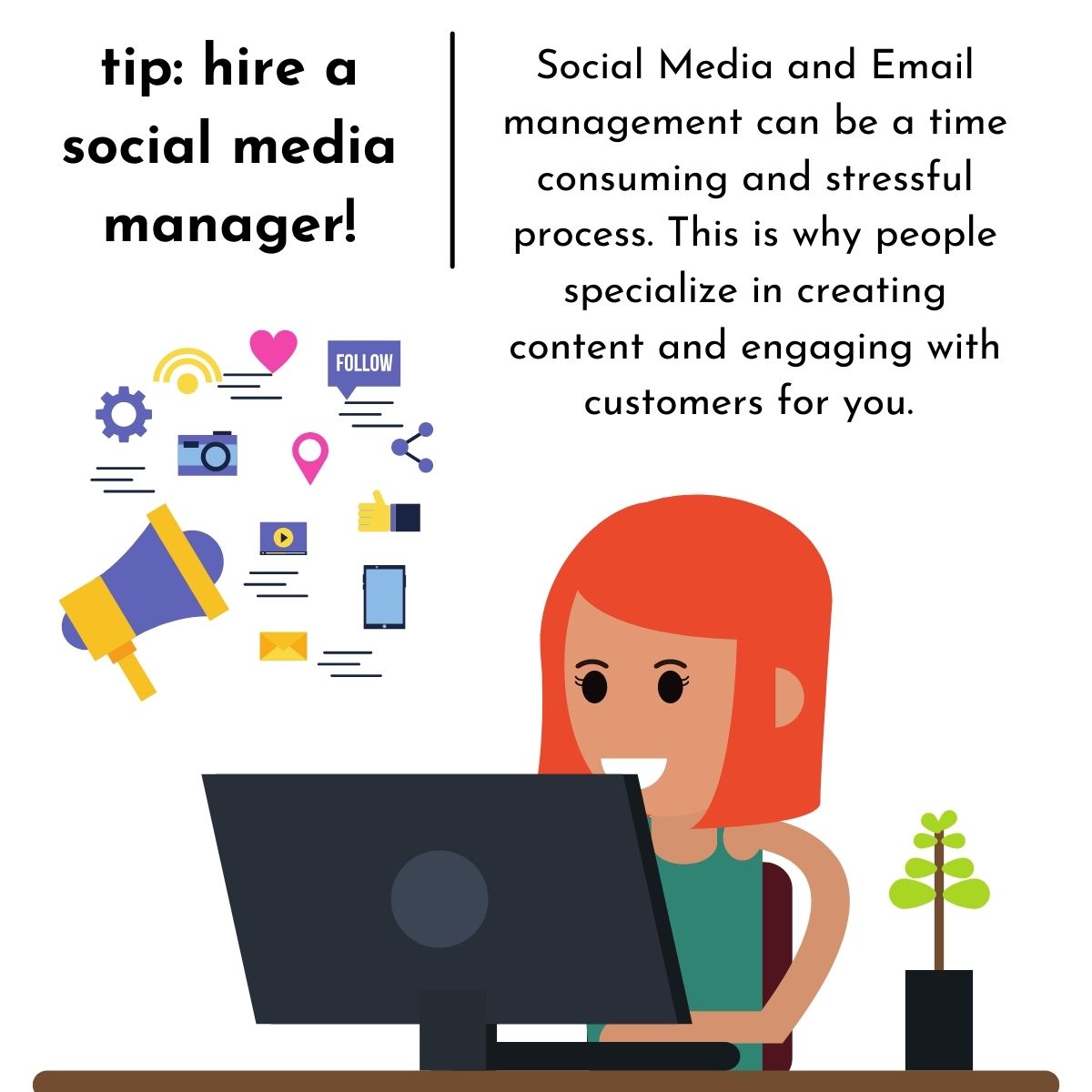
You need someone like John (Example Character) who is a very common personality in your audience, he is your target. If you were to send an e-mail customized for Sally, even if you have a few in your audience, you might get your e-mail flagged as spam. If you do that too many times most of your e-mails will go straight to the junk box and your e-mail marketing will flunk. Now, if you specifically aim your e-mail at Johns inbox, someone who is almost guaranteed to like your product/service, there is a very low chance that your e-mail will get seen as spam.
It works the same way with social media too. If your posts have the wrong tags and the design indicates that Sally might like your product/service but then she ends up not being interested, you will have a problem. Sally probably won’t interact. The only chance of someone actually converting is if you get that rare Sally that isn’t abundant in your audience. Meanwhile, John is out there looking for your product and not seeing your posts. Mistakes like this lead to wasted ad spend on inefficient marketing.
*Paid advertising
Paid advertisement works best the more detailed information you have on your audience. You will always need to know your target audience for your paid advertising to be successful. Small details like what celebrities your audience like or what books they like reading (or if they like reading books at all) will help route your advertisement toward people that are much more likely to click. Designing the advertisement means knowing what statements and references are likely to attract them. Your target audience on Instagram may prefer lifestyle images with big bold text that doesn’t include too much detail, but you wouldn’t know that unless you or a professional took the time to assess your target audience.
How Professionals Use Target Audience
*Branding specialists
Branding specialists design your brand. Your brand is the theme and personality that represents your business. The importance of target audience can not be stressed enough for specialists and professionals like these since they rely on a detailed assessment of your target audience to do their job.
When a brand is created it doesn’t just come out of nowhere. First you have to know what you are selling, then you have to know who will buy what you are selling and then further shrink that down into your target audience parameters.
For example, if someone is selling glass Mason jars that leaves you with a very broad group of people: some that collect things and some that enjoy concise organization. Depending on the design of these jars you may be able to pinpoint your audience much better.
If your jars have fancy clamp lids with bows tied around the neck you could target them at thirty year old middle class moms looking for chic organization in areas like their bathroom, kitchen, and/or living room. Even though you might attract a few marble collectors that like your jars, you still want to aim at your majority.
If these jars are made of tinted glass and have screw off lids you might be more likely to attract an audience of people who collect small objects like marbles, buttons, or animal teeth. Maybe even add optional tops with ventilation to increase your reach just a bit to include people who have live collections of things like insects.
Branding specialists will use analyses just like the example above to create the perfect brand to attract your audience. They make use of color schemes that flow with the natural aesthetic of your product and meet the expectations of the customer. The branding for the cute jars would be completely different from the branding for the more utilitarian jars. This works for services as well.
If you are a coach who is selling your own success and/or happiness to prove that you can provide success and/or happiness to those you are coaching, you want it to show in your branding. There are so many different niches of coaching out there like business coaching and life coaching and they all have different audiences. Depending on the coaches persona the audience will change even more. Let’s say you are a life coach who follows a Buddhist belief system, and you are teaching the importance of taking your time and allowing your emotions to sit rather than pushing them away. Your target audience will be vastly different from a life coach who follows a more on-the-grind success oriented system teaching the importance of maintaining a high energy level, keeping your head high and your self-expectation even higher.
Branding experts are particularly good at being able to distinguish and flesh out those differences and use those details from your personality and the product/service you sell to create a brand that will attract your audience.
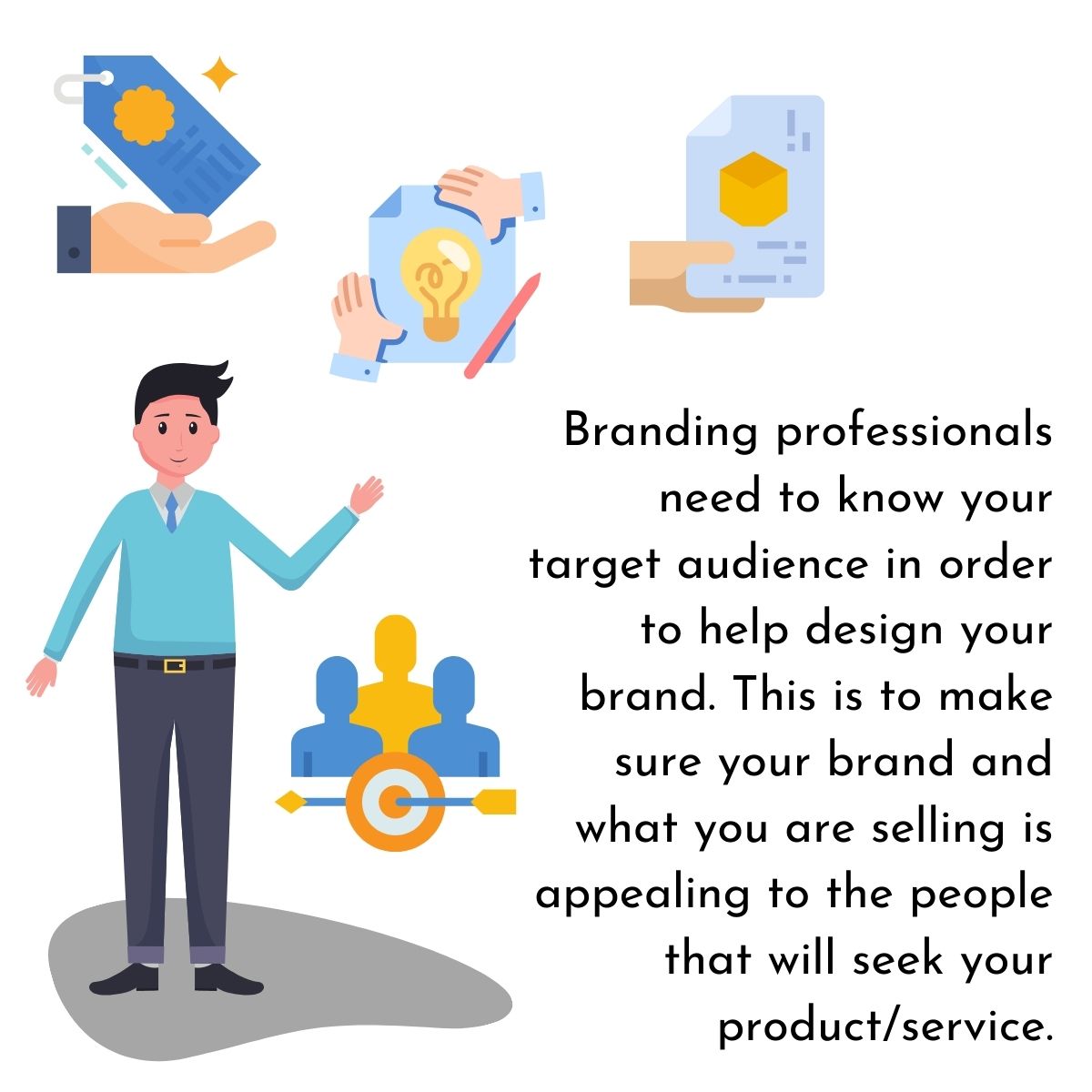
Marketing professionals do the more complicated work for your business. They can help you determine prices for products/services by assessing your competition and the average income of your target audience. They can also advise you on the proper social media platforms to use, where to advertise your products, and even the wording you should use on your website. Everything involved in reaching your audience to encourage them to purchase your products and services is marketing. This means your Marketing professionals will need to know your target audience well to do their job effectively.
Let’s say that your target audience makes the average annual income of the united states and you are selling glass jars. These glass jars have bows tied around the necks and an easily opened hinged lid.
It is likely that these jars will sell well with middle aged moms looking for attractive forms of organization. Your marketing professionals will help you determine your pricing and method of presentation by looking at other sellers with similar products and similar audiences.
Knowing the income of your target audience to determine cost isn’t the only factor at play in how marketing professionals will use it. Many other professionals use your audience, like:
*Graphic designers
Graphic design is the lifeblood of your business’ content. It’s involved in your logo, your social media posts, your advertisements, and sometimes even your product listings. This is one of the core pieces to the building of your brand, but it cannot work properly without a target audience.
Graphic designers constantly work toward making the content they produce for businesses around the world target–audience friendly. This means using typography to grab the audience’s attention, bright colors to reel in customers, and even specific shapes and patterns to portray different emotions.
Graphic designers use target audience with branding to create the most appealing content possible. Whether it be a serious graphic about mental health or a sensual graphic about wedding rings, their aim is to attract your target audience while also conveying the emotion intended.
*Copywriters
Copywriters also use your target audience parameters to determine the right tone and voice to use. If you are selling the previously mentioned fancy Mason jars, you wouldn’t want your website and advertisements filled with complex technical jargon. You would need to use the proper catchphrases and language to appeal to the moms we know will buy the fancy jars.
You must have the proper copywriting in your advertisement, emails, social media posts, website, anywhere you address your audience. If your copywriting is confusing or off-putting it can easily cost you conversions.
Conclusion
The importance of Target Audience cannot be overstated. If you plan to launch your business and marketing on your own, it would be a good idea to have a professional help you outline your audience first. Otherwise, you may get everything in place and find that it isn’t working. Having a good understanding of your Target Audience and where to find them can save you a lot of time and money, as well as boost the success of your business!
Get Started with Ex Machina Marketing Today!
The power of Ex Machina lies in the development of online growth marketing systems that create a perfect symbiosis between the technological landscape of ecommerce and vibrant creative content.
Sandi and Sylvan create custom Digital Marketing Blueprints from a combined 40 years of professional experience. We partner and grow with you, to create a constantly Evolving Digital Marketing Ecosystem for your business.
The Importance of Target Audience
